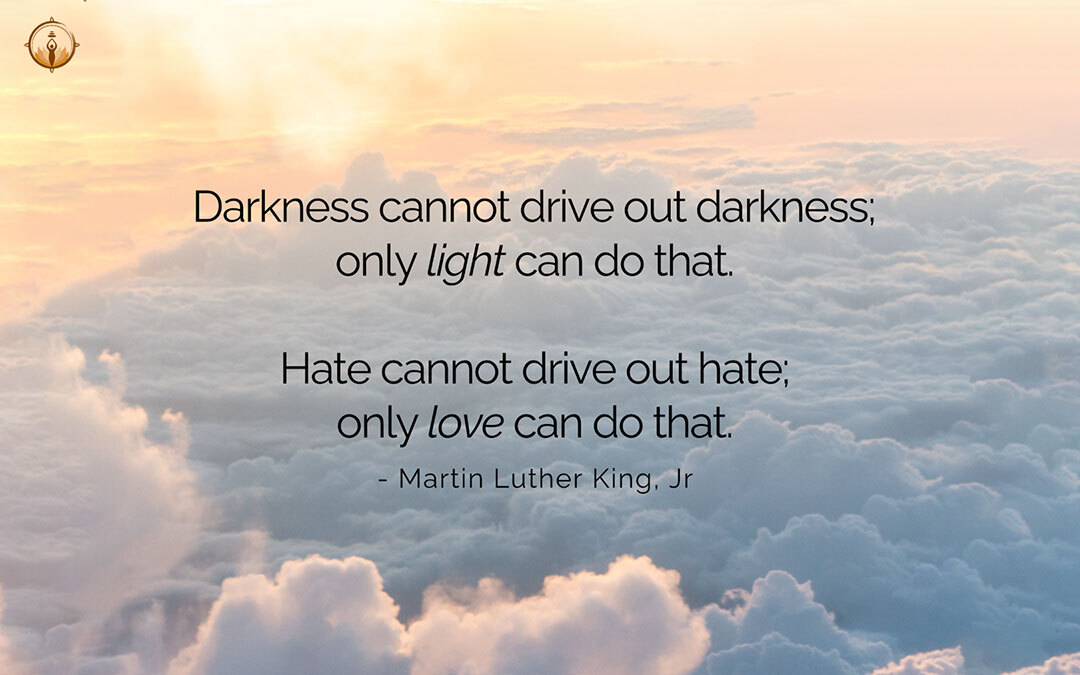Forgiveness is a choice – a choice to prioritize yourself and your well-being. Over the course of time, it allows us to move past the hurt and pain, and alleviates the physical, emotional, and mental symptoms caused by the pain.
Pain and suffering tend to lead to a negative cycle of seeking anger, vengeance, and possibly inflicting pain on others. With forgiveness, there is freedom from this cycle of negativity for the forgiver.
Research (Adam Karduz, & Saricam, 2018, p. 15) shows that when we forgive, we are effectively freeing up space in our hearts and minds for more positive thoughts and memories. This allows us to achieve better mental health, decreased depression and anxiety, and an overall healthier and happier outlook on life.
Reaching to the point of being able to forgive or choosing to forgive takes time, and the amount of time varies based on the individual and the pain that was perceived.
When ready, the REACH method can be used as an effective 5-step process to forgiveness.
- Recall: Forgiving does not mean forgetting that something even happened. The first step is to recall the incident, but objectively. Visualize everything that happened as if you were a fly on the wall – what was the wrongdoing? How did it make you feel? Thinking from a third-party/outsider perspective allows us to objectively understand the pain that was caused.
- Empathize: In this step, the goal is to take the visualization from the ‘Recall’ a step further. The viewpoint is switched from outsider perspective to the person that caused the pain. Are there any potential reasons that explain their actions? The reason(s) do not discount their actions or words, but it does help to gain some alternative perspective.
- Altruistic gift: Remember one of the times that you have been forgiven for a hurtful action of yours. While forgiveness is about the forgiver, it is also a gift that has the ability of setting both the forgiver and forgiven free. Focus on the gift of forgiveness and how being forgiven made you feel when it was extended to you. You can give that gift of forgiveness to others as well.
- Commit: Forgiveness is a conscious decision to forgive. It helps to visualize it or to write it on a paper regularly – anything to make the decision feel real.
- Hold: Hold on to your choice of forgiveness. Choosing to forgive is not a momentary decision. It is a continuous choice that we make, even as the memories of the pain linger, to react differently.

